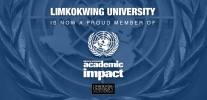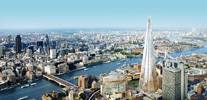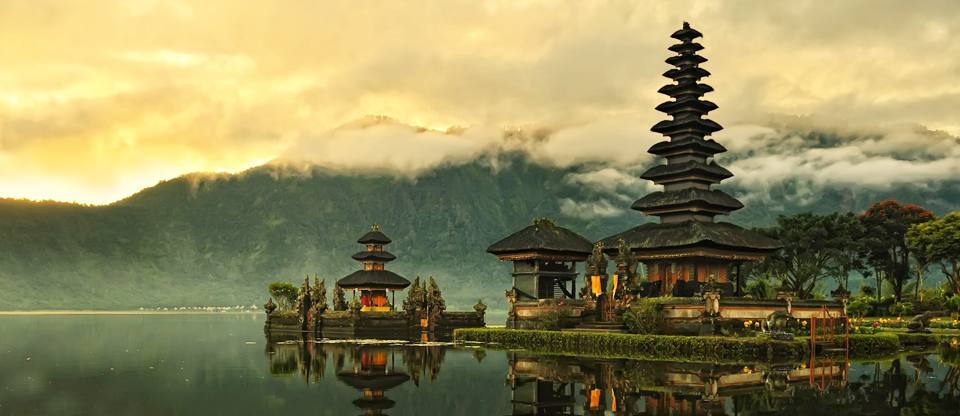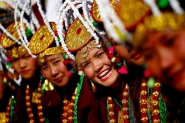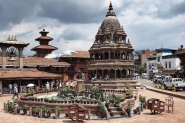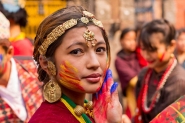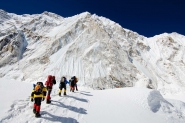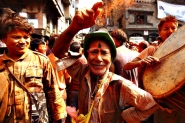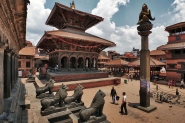 Photo Credit : https://nepalmandalatravels.wordpress.com/category/culture/festivals/
Photo Credit : https://nepalmandalatravels.wordpress.com/category/culture/festivals/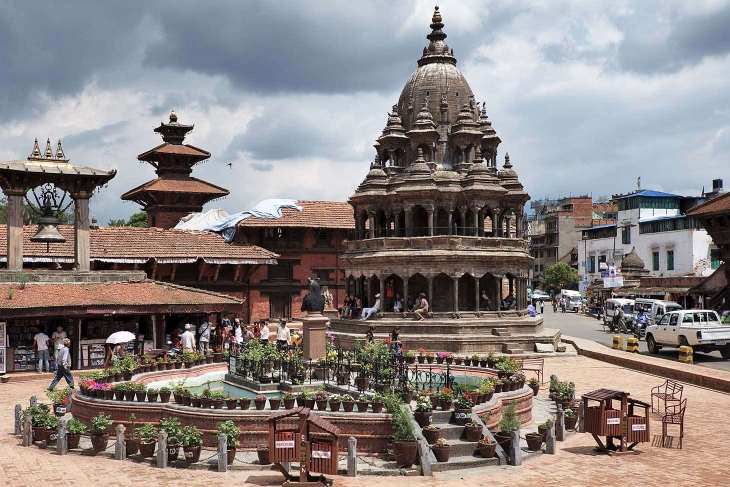 Photo Credit : durbarsquarerestaurant.com/our-gallery-masonry
Photo Credit : durbarsquarerestaurant.com/our-gallery-masonry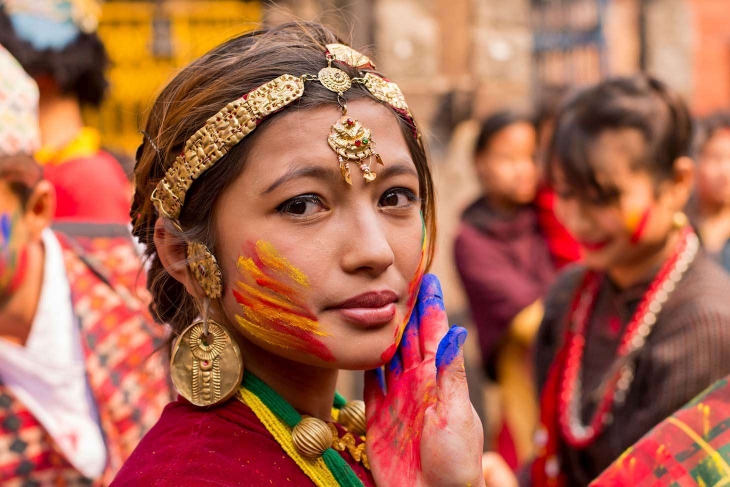 Photo Credit : www.photosofnepal.com
Photo Credit : www.photosofnepal.com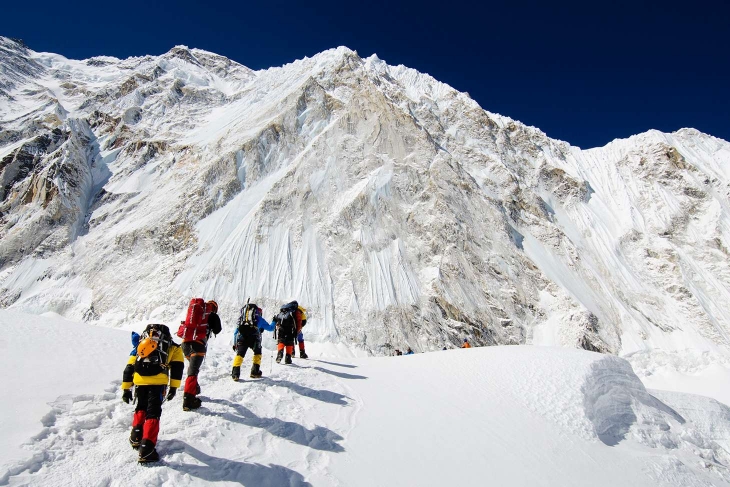 Photo Credit : HOWSTUFFWORKS
Photo Credit : HOWSTUFFWORKS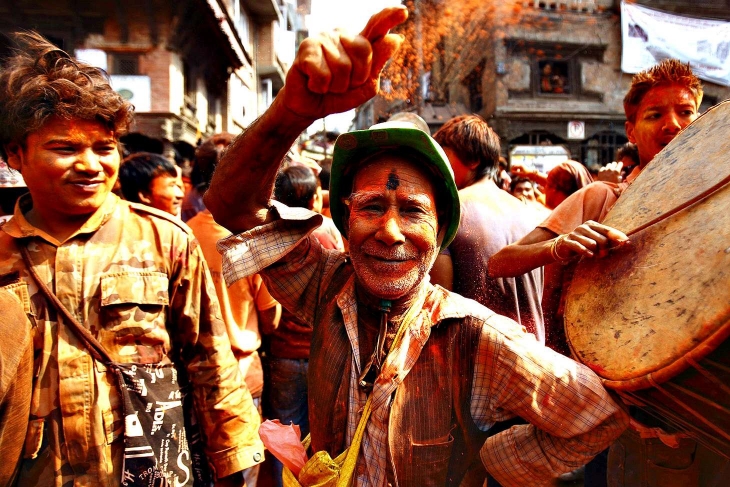 Photo Credit : http://www.tourinnepal.com
Photo Credit : http://www.tourinnepal.com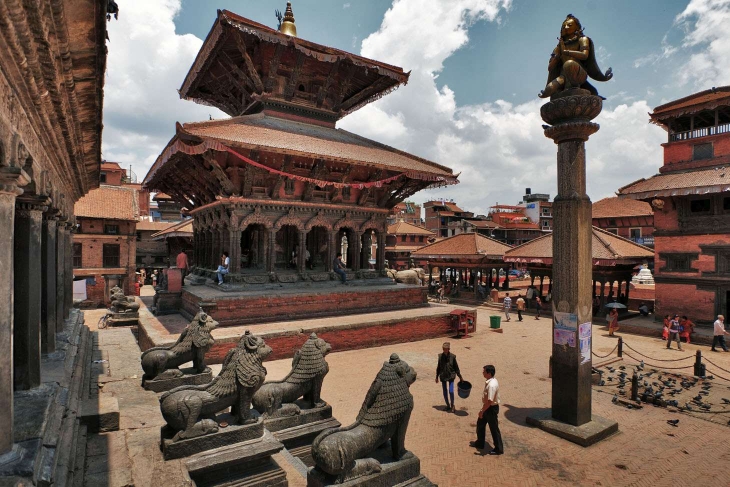 Photo Credit : http://globalheritagefund.org
Photo Credit : http://globalheritagefund.org
The Federal Democratic Republic of Nepal is a landlocked Himalayan country in South Asia. It shares its borders with China in the north and India in the south, east and west.
Nepal is home to fertile plains, subalpine forested hills and eight of the world’s tallest mountains including Mount Everest, the highest natural point on Earth.
The country is commonly divided into three areas: Mountain Regions, Hill and Terai. These ecological areas run from the east to the west and are intersected by Nepal’s flowing river that runs from north to south.
Kathmandu is Nepal’s main capital and its largest city. The city is located at 1,400 metres above sea level within the bowl shaped Kathmandu Valley in the country’s centre. This city was the royal capital of the Kingdom of Nepal and is home to numerous palaces, mansions and gardens of the Nepalese Aristocracy.
Ranked as the first Asian travel destination by TripAdvisor in 2013, the city was the centre of Nepal’s history, art, culture and economy with a multi-ethnic population with a Hindu and Buddhist majority.
Modern Nepal is a developing nation under a federal secular parliamentary republic system. It is currently still transitioning from a monarchy to a full-fledged republic.
According to the CIA World Factbook, Nepal’s economic composition comprises of services (50.4%), agriculture (29.4%) and industry (13%).
Tourism is the country’s main economic contributor and its largest source of foreign exchange and revenue. Nepal is a hotspot for mountaineering and other types of adventure tourism and ecotourism.
Home to the world’s highest mountain peak, it has attracted climbers from around the world to trek 8,850 metres above sea level and reach the top of Mount Everest. The mountain was named after Colonel Sir George Everest, a Welsh surveyor and geographer as well as Surveyor General of India. Mount Everest was also known to locals as ‘Sagarmatha’, which translates into ‘Forehead of the Sky’.
Nepal’s climate varies from cool summers to severe winters in the north as well as subtropical summers and mild winters in the south. From mid-June to August, tourists congregate to the country to take advantage of the weather and climb the mountain.
Nepal is known to have the world’s densest concentration of World Heritage Sites. These include the Kathmandu Valley, the Monkey Temple, Lumbini (Birthplace of Lord Buddha) and the Sagarmatha National Park. Kathmandu Valley alone has 7 World Heritage Sites within its 15 kilometre radius.
The Annapurna region is famed for its trekking destination that offers adventurers a 5-day hike with scenic views that will impress even the well-travelled hiker.
Wildlife is a notable feature of Nepal due to the variations in climate. It is home to a wide variety of creatures including the Tibetan Fox, the Nepalese Snow Leopard, Bengal Fox, Red Panda, Indian Rhinoceros and the Tibetan Wolf.
Due to the fragile nature of the country’s ecosystem, Nepal has established numerous national parks and reserves to protect its biodiversity. Currently, the country has seven national parks, three wildlife reverses, three conservation areas and one hunting reserve.







